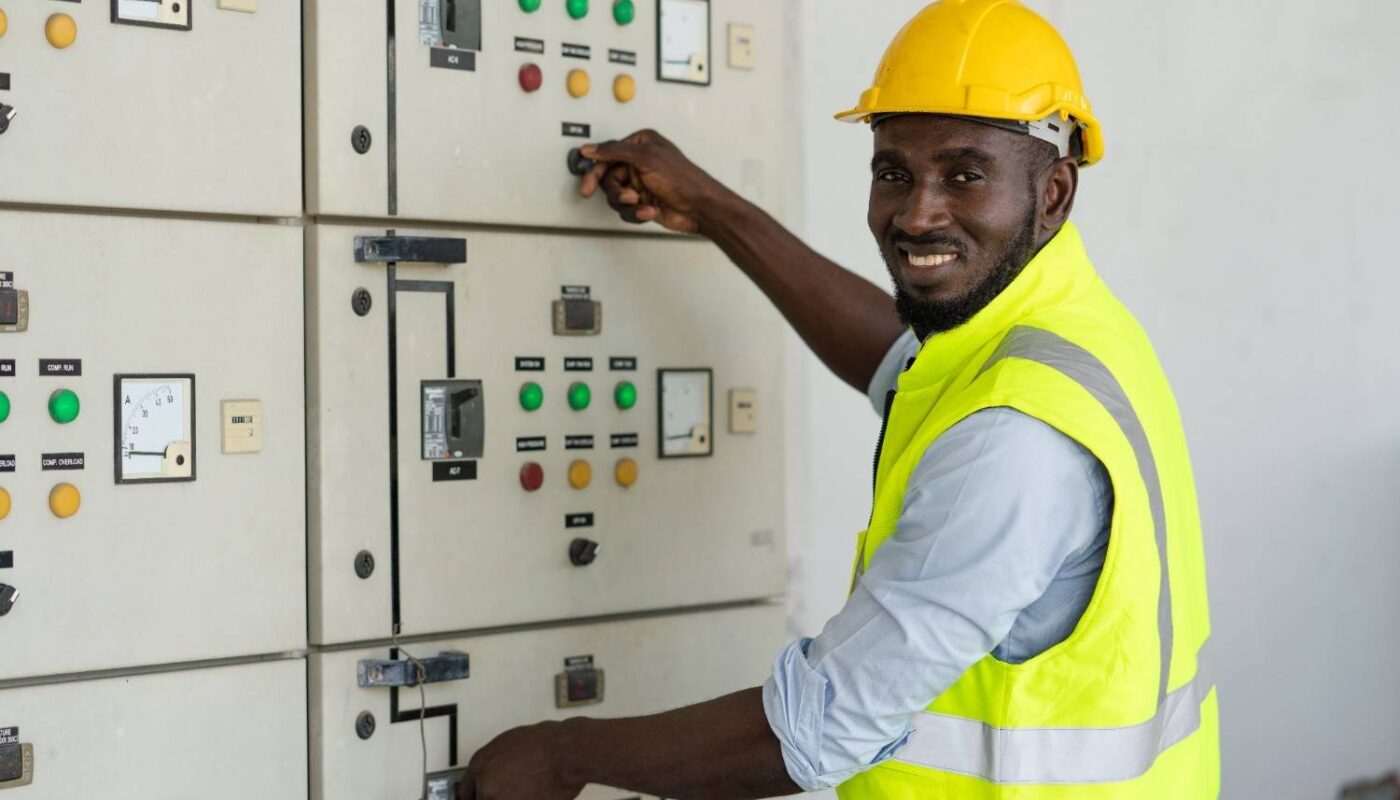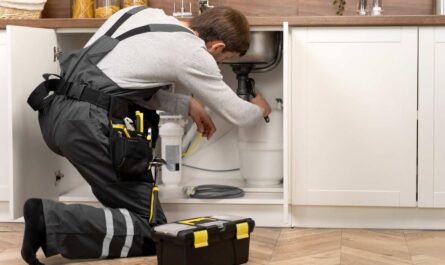Introduction
Australia has long been a magnet for skilled professionals from around the world, offering stable employment, high wages, and excellent living conditions. Among the many professions in demand, electricians hold a special place. With rapid urban development, infrastructure projects, and renewable energy initiatives, the demand for qualified electricians across the country is soaring.
For international candidates, electrician positions in Australia with skilled worker visas provide not just employment but also a pathway to long-term residency and career advancement. These opportunities are attractive to electricians looking to broaden their experience, increase earnings, and secure a future in one of the world’s most desirable countries to live and work in.
This article explores the details of electrician positions in Australia, the role of skilled worker visas, salary expectations, regional demand, licensing requirements, and the long-term benefits for international professionals.
Why Electricians Are in High Demand in Australia
Infrastructure Growth
Australia’s cities continue to expand, with new housing estates, commercial buildings, and transport networks being built. Each project requires skilled electricians to install wiring, lighting, and power systems.
Renewable Energy Projects
With the country investing heavily in solar, wind, and energy-efficient systems, electricians with knowledge of renewable energy technology are particularly sought after.
Aging Workforce
A large number of tradespeople in Australia are approaching retirement age. This has created gaps in the workforce that international workers can fill through skilled worker visa programs.
Government Support
Electricians are consistently listed on Australia’s skilled occupation lists, demonstrating the importance of this profession to the national economy.
Types of Electrician Positions in Australia
Electrician roles in Australia vary widely, allowing professionals to choose career paths suited to their expertise and interests.
1. General Electricians
Work on wiring, lighting, and power systems in homes, offices, and factories. Responsibilities include installations, maintenance, and repairs.
2. Industrial Electricians
Specialize in heavy machinery and manufacturing plants, ensuring safe and efficient electrical systems in industrial environments.
3. Construction Electricians
Play a critical role in new building projects, wiring entire structures, and ensuring compliance with electrical safety standards.
4. Maintenance Electricians
Focus on routine inspections, troubleshooting faults, and maintaining existing systems to prevent breakdowns.
5. Renewable Energy Electricians
Install and maintain solar panels, battery storage systems, and wind turbines. These roles are growing rapidly with Australia’s energy transition.
6. Instrumentation Electricians
Handle precision equipment in industries such as oil, gas, and mining. They calibrate and maintain control systems to ensure smooth operations.
The Role of Skilled Worker Visas for Electricians
Australia’s skilled worker visas are designed to attract professionals in occupations where there is a shortage of local workers. Electricians benefit from these visa categories as they are consistently in demand.
Skilled Independent Visa (Subclass 189)
This visa is points-based and allows electricians to live and work anywhere in Australia without employer sponsorship. Candidates must meet eligibility requirements, including qualifications and English proficiency.
Skilled Nominated Visa (Subclass 190)
Requires nomination by an Australian state or territory. Electricians applying under this visa often commit to working in the nominating region for a set period.
Skilled Work Regional Visa (Subclass 491)
Targets professionals willing to live and work in regional areas. Regional visas often have faster processing times and increased opportunities for electricians.
Temporary Skill Shortage Visa (Subclass 482)
Employers sponsor international workers directly for specific roles. This is an attractive pathway for electricians who already have a job offer from an Australian company.
Licensing Requirements for Electricians in Australia
Unlike some other countries, Australia has strict licensing requirements to ensure safety and professionalism.
National and State Licensing
Each state and territory has its own licensing authority, such as Energy Safe Victoria or Fair Trading NSW. Electricians must obtain the appropriate license to legally work.
Skills Recognition
International electricians need to have their qualifications assessed through Trades Recognition Australia (TRA). This ensures that overseas training meets Australian standards.
Practical Assessments
Applicants may need to demonstrate hands-on skills in practical assessments before being granted a license.
Continuous Training
Electricians in Australia often undertake ongoing training to keep up with changing technologies and safety regulations.
Salary Expectations for Electricians in Australia
Average Salaries
- Entry-Level Electricians: AUD $60,000 – $70,000 annually
- Experienced Electricians: AUD $75,000 – $95,000 annually
- Specialized Electricians (industrial, instrumentation, renewable energy): AUD $90,000 – $120,000+ annually
- Supervisors and Contractors: AUD $100,000 – $150,000 annually
Factors Affecting Salary
- Region of employment (city vs. regional area)
- Years of experience and specialization
- Unionized or private employment
- Type of industry (construction, mining, manufacturing, or renewables)
Regional Demand for Electricians
New South Wales
Sydney and surrounding areas have ongoing residential and commercial construction projects, creating steady demand.
Victoria
Melbourne’s rapid urban growth and renewable energy projects make it a hub for electrical jobs.
Queensland
With infrastructure development in Brisbane and mining operations in regional areas, electricians are in demand across the state.
Western Australia
Mining, oil, and gas industries require specialized electricians with industrial experience.
South Australia
Known for renewable energy leadership, electricians with expertise in solar and wind installations are especially sought after.
Regional Areas
Smaller towns and rural communities often face shortages, making them more open to sponsoring skilled international electricians.
Daily Responsibilities of Electricians
While the exact duties depend on specialization, common responsibilities include:
- Installing electrical systems in new buildings
- Diagnosing and repairing faults in existing systems
- Ensuring compliance with safety standards and codes
- Reading technical diagrams and blueprints
- Conducting inspections and preventive maintenance
- Supervising apprentices and junior electricians
- Collaborating with engineers, contractors, and clients
Advantages of Working as an Electrician in Australia
Career Stability
Electricians enjoy consistent demand across industries, ensuring long-term job security.
Pathways to Residency
Skilled worker visas often lead to permanent residency and citizenship, allowing electricians to build their lives in Australia.
High Standard of Living
Australia offers excellent healthcare, education, and work-life balance, making it attractive for international families.
Opportunities for Specialization
Electricians can diversify into areas such as automation, renewable energy, or industrial systems for career growth.
Challenges for International Electricians
Qualification Recognition
Not all overseas qualifications are automatically recognized, and additional assessments may be required.
Licensing Complexity
Each state has different licensing processes, which can be challenging to navigate.
Cost of Living
Cities like Sydney and Melbourne have higher living costs, which may affect savings potential.
Adapting to Work Culture
Understanding Australian workplace culture and communication styles is essential for success.
Training and Apprenticeships
Electricians in Australia often go through structured apprenticeships combining on-the-job training with classroom learning. International workers may need to demonstrate equivalent experience or complete additional training to align with Australian standards.
- Certificate III in Electrotechnology: Standard qualification for electricians.
- On-the-job Apprenticeships: Usually four years long, combining theory and practical work.
- Recognition of Prior Learning (RPL): For international workers with relevant experience.
Pathways to Permanent Residency for Electricians
Skilled Migration
Electricians often qualify under the Skilled Independent or State Nominated visa programs. These pathways can directly lead to permanent residency.
Employer Sponsorship
Workers on temporary sponsored visas (Subclass 482) may transition to permanent residency through the Employer Nomination Scheme (Subclass 186).
Regional Pathways
The Skilled Work Regional Visa (491) allows electricians to gain experience in regional areas before applying for permanent residency.
Career Growth Opportunities
Supervisory Roles
Experienced electricians can move into foreman or supervisory roles, managing teams and projects.
Project Management
Some electricians transition into project management, overseeing budgets, timelines, and resources.
Consultancy
Specialized electricians may work as consultants, advising businesses on electrical systems and energy efficiency.
Entrepreneurship
Many licensed electricians start their own contracting businesses, offering services across residential and commercial sectors.
Lifestyle Benefits of Moving to Australia as an Electrician
Work-Life Balance
Australian work culture values balance, with regulated working hours and paid leave.
Multicultural Communities
International workers feel welcomed in diverse cities and towns.
Family-Friendly Environment
Quality schools, healthcare, and recreational facilities make Australia ideal for raising families.
Natural Beauty
From beaches to mountains, electricians enjoy a lifestyle surrounded by natural attractions and outdoor activities.
Future Outlook for Electrician Jobs in Australia
The outlook for electricians remains strong, with steady demand across multiple sectors.
Key Growth Drivers
- Ongoing urban development projects
- Expansion of renewable energy systems
- Transition to smart homes and energy-efficient technologies
- Retirement of older tradespeople
Long-Term Stability
Electricians are essential to Australia’s economy, ensuring that opportunities will remain strong for decades.
Tips for Securing an Electrician Job with a Skilled Worker Visa
- Get Qualifications Assessed Early: Ensure your credentials meet Australian standards.
- Prepare for Licensing Exams: Familiarize yourself with the technical and safety standards.
- Highlight Specializations: Skills in renewable energy, industrial systems, or instrumentation improve employability.
- Consider Regional Areas: Regional jobs may have higher chances of visa sponsorship.
- Develop English Proficiency: Strong communication skills are critical for teamwork and safety.
Conclusion
Electrician positions in Australia with skilled worker visas represent a powerful opportunity for international professionals seeking stability, career growth, and a better lifestyle. With high demand across residential, commercial, industrial, and renewable energy sectors, electricians play a central role in Australia’s development.
Skilled worker visas not only allow international electricians to work legally but also provide pathways to permanent residency and citizenship. By obtaining trade recognition, licensing, and developing specialized skills, electricians can secure high-paying, stable jobs that support long-term success.
For those passionate about their trade and looking to build a future abroad, working as an electrician in Australia is one of the most rewarding career choices available today.









